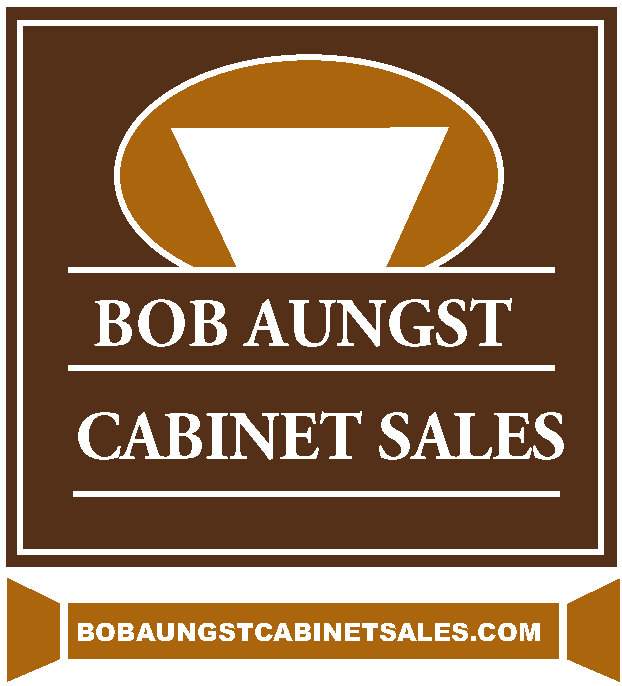Intro to Search Engine Optimization
SEO is the process used to optimize the content of your website so it can become easily findable and more relevant to user search queries.
The foundation of SEO is keywords relevant to your business.
(1) Short-tail or focus keywords, and
(2) Long-tail keywords
Focus keywords: Shorter phrases – one to three words – broader and general. Example: “kitchen cabinets” or “best kitchen cabinets”. Much more competitive and harder to rank for.
Long-tail keywords: Descriptive, multi-word search terms – target more specific search queries – may be easier to rank for. Examples of long-tail keywords might include “painted maple kitchen cabinets” or “best stained Cherry kitchen cabinets.”
What to consider when choosing keywords.
Make a list of possibilities using the following:
- Target audience. What type of customer do you want to attract to your site? What problems do they have you can help them solve?
- Your products. List each of your products and services. Then add multiple words that describe it.
- Synonyms. Think of different ways of saying any of the keywords on your list.
Use keywords in the H2 headings and H3 sub-headings throughout the site, but especially in your blog articles.
Use keywords in the body text of your web pages. Incorporate them in a natural way.
Visual content is important for SEO. Rename image files to include target keyword or phrase
Incorporating internal and external links can make a difference in your SEO. Every time you publish something new, include relevant internal and external links.
Internal links point to other pages on your site.
- They help with SEO by increasing the authority and relevance of your pages, a factor Google ranks for.
- They help with visitor retention, another factor Google uses when ranking
External links point to other sites. They help you by building credibility when you reference other authoritative sources.
Make sure you use the “open link in new window” setting with external links. You don’t want your visitors to leave your site and have the return window closed.
User Experience. Google looks at how long people stay on your site and if they share your content.
